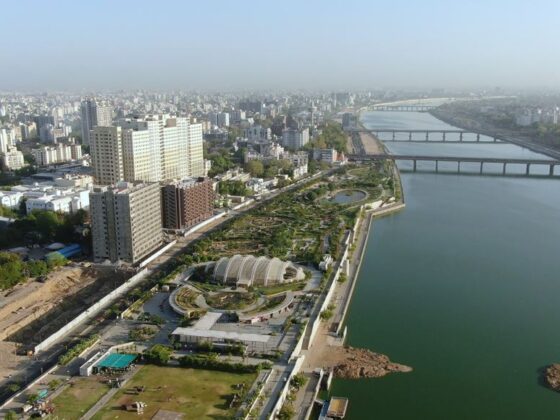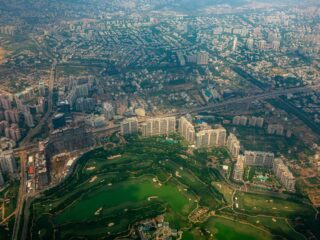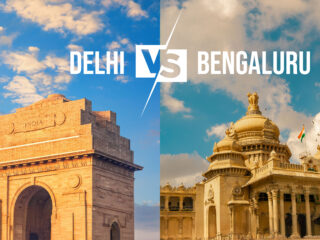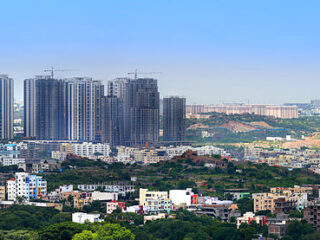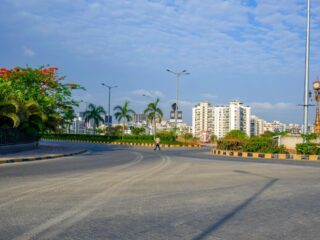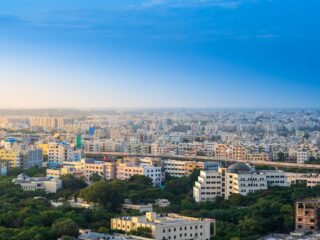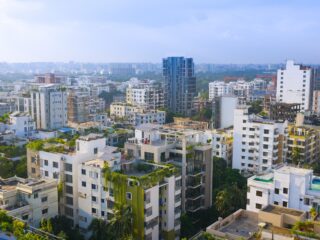Table of Contents
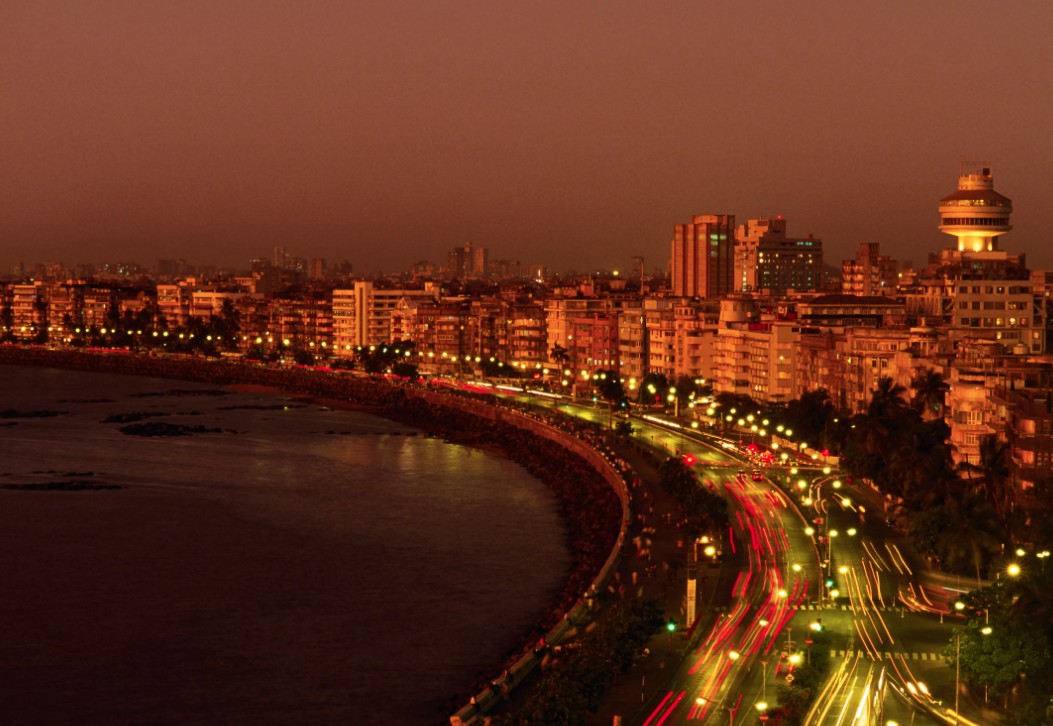
Image source: www.cntraveller.in
Moving to Mumbai is always an exciting adventure, but it can also bring some nerves when you consider the sheer scale and vibrancy of the city. Known for its fast-paced lifestyle, its status as the “City of Dreams,” and its rich culture, Mumbai has a unique charm that sets it apart from other major cities in India. At first glance, the city’s energy and constant activity might seem overwhelming, but millions quickly fall in love with its dynamic and lively environment.
If you’re planning to make Mumbai your new home, understanding what to expect can make your transition smoother and more enjoyable. Whether it’s navigating the crowded streets, dealing with the unpredictable weather, or getting accustomed to the local customs, having a heads-up can help you feel prepared and confident about your move. So, let’s dive into the nine essential things you need to know before moving to Mumbai, and get ready to embrace everything this incredible city has to offer.
Key Factors before moving to Mumbai
Cost of Living in Mumbai
Mumbai is one of the most expensive cities to live in India, and the high cost of living can come as a shock to newcomers. Housing prices, especially in prominent areas like South Mumbai, Bandra, and Juhu, can be astronomical. For many, the suburbs offer a more affordable alternative, with areas like Andheri, Powai, and Thane providing a good balance between cost and convenience.
Renting a flat in Mumbai can significantly impact your budget, so many newcomers opt for coliving/PGs in Mumbai, such as those offered by ZoloStays, which can help you save money while providing a comfortable living environment.
Food expenses in Mumbai can vary widely. While street food is famously affordable and delicious, dining out at restaurants can add up quickly. To manage your budget, consider balancing between home-cooked meals, street food, and occasional dining out. Understanding and planning for these costs will help you better manage your finances and settle into Mumbai life more comfortably.
Check out this blog – Detailed information about the cost of living in Mumbai.
Traffic in Mumbai
Traffic is a notorious challenge in Mumbai. With countless people moving into the city every day, the streets are perpetually crowded. During peak hours, you can expect to spend at least an hour stuck in traffic, making it essential to plan your commute carefully. If you have an important event or meeting, always leave with plenty of buffer time to account for potential delays.
The sheer volume of vehicles on the road, combined with frequent rule-breaking, exacerbates the traffic situation despite the efforts of traffic police stationed at many intersections. Avoiding peak travel times is one of the few ways to minimise your time spent in gridlock.
Navigating Mumbai’s traffic can be frustrating, but with some patience and strategic planning, you can manage your daily commutes more effectively. For a more hassle-free living experience, consider staying in co-living spaces like ZoloStays, which are often strategically located near public transportation hubs, making it easier to get around the city.
Related Post – Why is Pune a better place to live compared to Mumbai?
Public Transport
Public transport is the lifeline of Mumbai, keeping the city moving despite its massive population and traffic woes. Not everyone in Mumbai owns a private vehicle, and even those who do often prefer public transport for their daily commute. Mumbai’s local train network is the fastest and most economical way to travel from the suburbs to the city center, and it’s a staple for nearly everyone in Mumbai.
While the BEST bus service might not always be the most comfortable, it is undoubtedly the cheapest. The city’s AC BEST buses offer a more comfortable ride and are heavily subsidised, making them a convenient option for many commuters. Auto-rickshaws are another popular choice, and sharing rides can help cut costs further.
Related Post – 15 Biggest Malls in Mumbai- Shopping, Dining & Entertainment
Personal Space in Mumbai
In Mumbai’s bustling and overcrowded environment, the concept of personal space is almost non-existent, especially in public spaces. During peak hours, navigating public transport can feel like a battle—consider yourself lucky if you manage to find a spot to stand, let alone sit. You might have people peering into your phone or brushing against you as they manoeuvre through the crowded compartments.
Whether you’re street shopping or attending an exhibition, solitude is a rare commodity in Mumbai. The constant hustle and bustle mean you’ll seldom be alone, surrounded by throngs of people wherever you go.
Social Dynamics in Mumbai
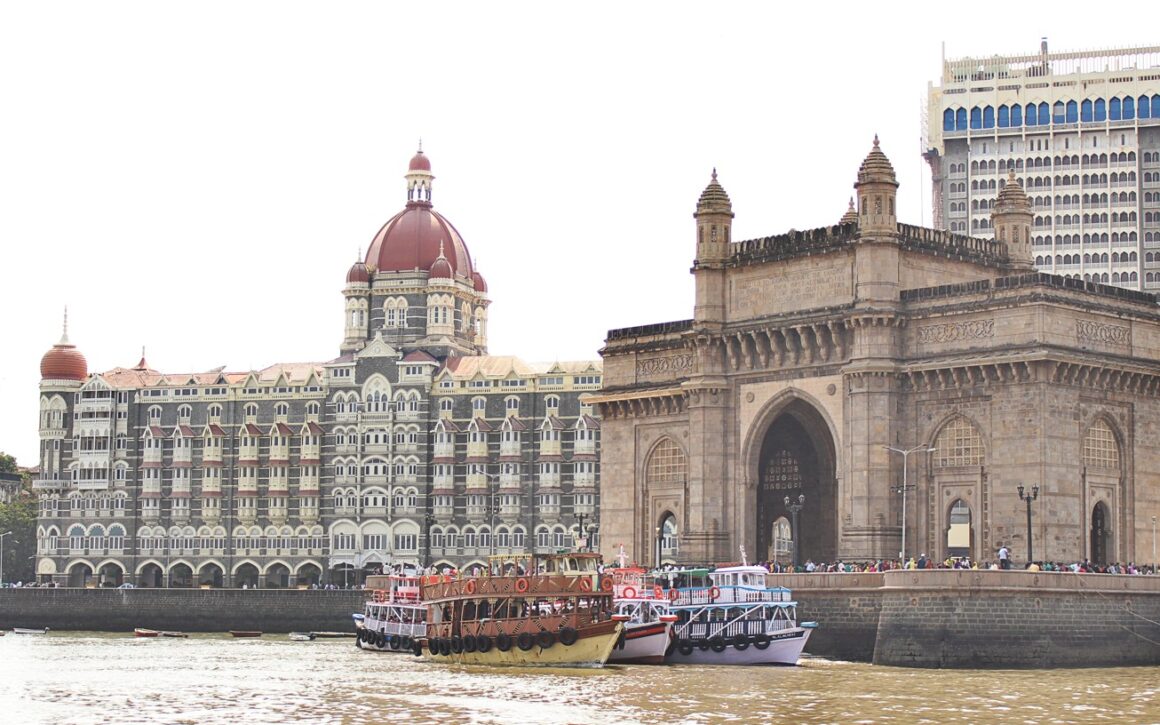
Despite the lack of personal space, Mumbai operates on a “live and let live” philosophy. While personal space might be hard to come by, interference in your personal affairs is relatively rare. Most people are too caught up in their own fast-paced lives to pry into others’. Occasionally, you might encounter curious glances or casual inquiries, but for the most part, Mumbaikars respect each other’s privacy.
If you’re seeking a city where you can immerse yourself without constant interference, Mumbai offers an ideal balance. It’s a place where individuals are focused on chasing their ambitions and navigating the city’s bustling rhythm, making it conducive to personal growth and exploration.
Real Estate Realities in Mumbai
Mumbai’s real estate market is notorious for its sky-high prices and compact living spaces. The city’s bustling population and high demand have led to the norm of living in small, compact spaces. Whether you’re looking at apartments, cafes, or even educational institutions, you’ll often find that they’re cleverly designed to maximise every inch of available space.
When moving to Mumbai, it’s crucial to adjust your expectations regarding living space. Accommodations in the city are typically smaller compared to other urban areas, especially in prime locations. However, your experience can vary significantly depending on the neighbourhood you choose.
Related Post – Best Areas To Live In Mumbai Based On Lifestyle Quotient
Weather & Climate in Mumbai
Mumbai experiences a humid tropical climate with distinct seasons. Summers can be hot and humid, making it essential to stay hydrated and seek shade during peak daytime hours. Winters are mild and pleasant, offering relief from the summer heat with comfortably cool temperatures.
However, the monsoon season in Mumbai is infamous. Heavy rainfall often leads to waterlogging and flooding due to inadequate drainage systems. Potholes on roads exacerbate the situation, making travel challenging. If you’re moving to Mumbai, be prepared for the monsoon onslaught by keeping a sturdy umbrella, wearing protective footwear, and carrying spare clothes to navigate through the wet and unpredictable weather conditions effectively.
Language in Mumbai: English, Hindi, and Marathi
While Mumbai is a diverse and cosmopolitan city where you’ll find English and Hindi widely spoken, knowing basic Marathi words can greatly enhance your experience, especially when interacting with local authorities and in certain social contexts. Marathi, the state language of Maharashtra, shares similarities with Hindi, making it somewhat familiar for learners. Even without fluency, locals appreciate the effort when you attempt to converse in Marathi. However, rest assured that English and Hindi will suffice for most daily interactions until you gain proficiency in Marathi.
Mumbai: A City of Resilience and Opportunity
Mumbai, often hailed as the “City of Dreams,” embodies a relentless spirit that thrives amidst challenges. Despite its bustling pace and occasional adversities like rail accidents, floods, or other disruptions, Mumbai never pauses. Residents here understand the value of perseverance and continue with their daily routines, striving to carve their niche in this vibrant metropolis.
Many are drawn to Mumbai for its myriad opportunities and vibrant culture. However, before you make the move, it’s essential to prepare for the unique aspects of life in Mumbai. From the high cost of living and crowded spaces to the diverse culinary delights and welcoming locals, Mumbai offers a blend of challenges and rewards. With its resilient spirit and welcoming community, Mumbai promises a fulfilling experience for those who choose to call it home. You can too if you’re moving to Mumbai.
FAQ’s
It is known as the “City of Dreams” due to the opportunities it offers.
It is the financial, commercial, and entertainment capital of India (home to Bollywood).
The local train network is considered the city’s “lifeline,” carrying millions daily.
Despite being crowded, the city operates on a “live and let live” social philosophy.
It is historically built on seven islands (The 7 Tapus).
High Cost of Living: Especially astronomical housing prices.
Severe Traffic: Commuting can take hours during peak times.
Overcrowding/Lack of Personal Space: Public transport and streets are perpetually packed.
Monsoon Flooding: Heavy rainfall often leads to waterlogging and traffic issues.
Yes, it can be a good idea if you are seeking career advancement, entrepreneurial opportunities, and a vibrant, fast-paced cosmopolitan lifestyle. It requires preparation for the high costs and challenges of overcrowding, but the city offers a unique spirit of resilience and opportunity.
The “7 Tapu” (Seven Islands) that were historically joined together to form modern Mumbai are:
Colaba
Mazagaon
Old Woman’s Island (Little Colaba)
Wadala
Mahim
Parel
Bombay (Isle of Bombay)
To live comfortably, you should:
Budget carefully for high accommodation costs (consider co-living/PGs).
Rely on Public Transport (especially the local train) and use apps like M-Indicator.
Live close to your workplace or a major transport hub to minimise time spent in traffic.
Be prepared for the weather (especially the monsoon).
Embrace the city’s energy and diverse culture.

